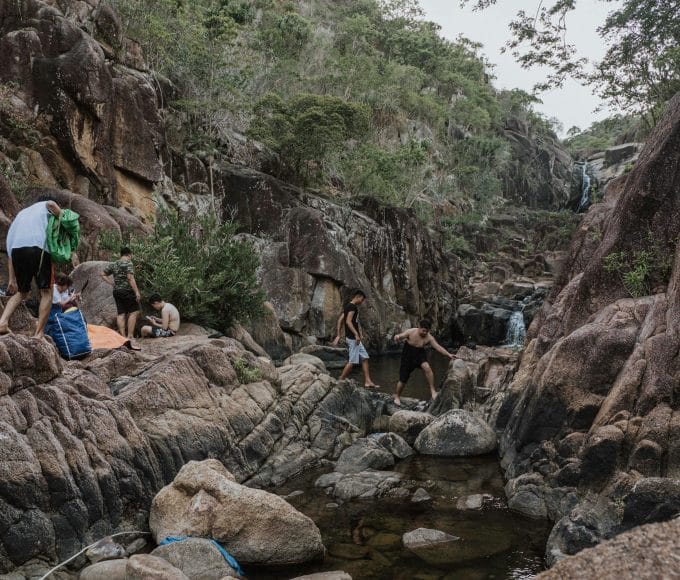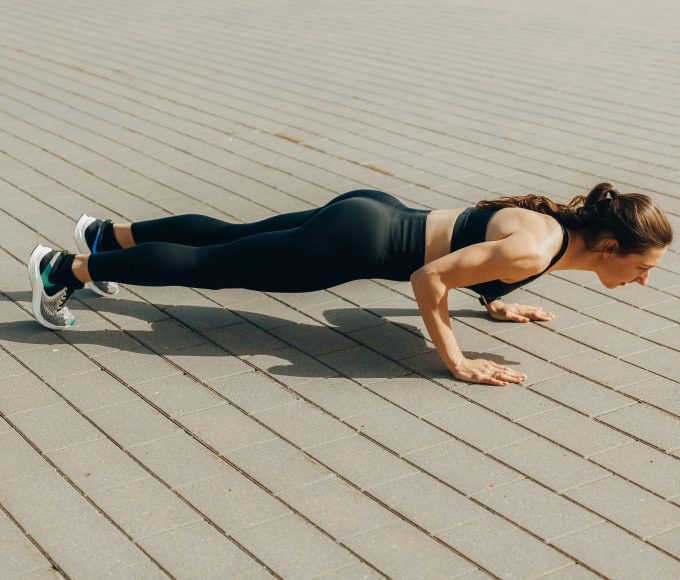Though there are many types of clothing that can be worn in a hiking scenario, some items are far better than others. Understanding which materials and items protect the skin or benefit the wearer at particular times is essential. By exploring the best clothing items for a hike, you’ll be able to pack efficiently and purposefully for your next wilderness adventure.
Video Overview
Undergarments
You may not put much thought into the undergarments when you select your apparel for a hike, but perhaps you should. Obviously, comfort and the ability to stay in place are important. When selecting material for your hiking underwear or undershirt, look at moisture-wicking materials.
You want these items to still be breathable, as a case of swamp bottom can leave you susceptible to discomfort, rash development, and an unpleasant odor. Bacteria growth in your most private areas is worth taking steps to avoid. It’s a hard conversation to have, but an important one.
Tops
When selecting tops, be sure to pack layers. Not only do you want the material of each top to be moisture-wicking, but you also want it to provide sun protection. Additionally, heavily wooded areas or a sudden change in weather can leave you in a chillier climate. Ensuring you have the sleeves to keep you warm when needed is essential.
You will also want to think about bugs. A variety of areas are home to different pests. Being aware of the possibility of becoming host to such bugs as ticks may prompt you to cover up with something that blocks your skin without causing you to overheat.
Bottoms
It is always recommended that the bottoms you choose to wear on your hike are made from a quick-drying material. Explore options in pants that offer flexibility in movement, won’t stay wet long, and can keep you warm if temperatures change.
Pants that zip off their bottom half and turn into shorts once toed the line between humorous and useful. However, in this case, pants like that could be very beneficial. If you choose to wear shorts, consider packing a covering that takes up little room in your bag and can be put on to add warmth or coverage, such as spandex pants or a leg warmer set for under shorts.
Headwear
Hats offer heat retention and sun and precipitation protection. Keeping your eyes clear is important when you’re hiking. Understanding which hats are best for a particular time of year or weather pattern will help you choose the best option to bring on your adventure.
You want your ears and neck to be comfortable. The benefits of a bucket hat, a beanie, or something that can double as a neck gaiter can greatly change your hiking experience. In wearing one of these items, you’re protecting yourself from the elements and the insects while maintaining your comfort as you travel.
Footwear
Finally, you need to thoroughly consider your footwear options. Sock, shoe, and boot choice while hiking is crucial. Be sure that the boots you wear have waterproof properties, are lightweight, are comfortable, and fit properly.
Socks should also be made from moisture-wicking and provide warmth and breathability. Discomfort and blistering on your feet may pose serious issues as you move. Additionally, consistently wet feet foster bacteria growth, which can be painful. Conscious choices regarding the best clothing items for a hike ensure you are covered from head to toe.















